Every night, we go to sleep and enter into a different world. Sometimes, it’s a pastiche of our waking life; other times, it’s utterly alien and unfamiliar. Sometimes, dreams are so vivid and unforgettable that they seem like visions. Other times, however, the mind works out or receives nuggets of wisdom that are transformed from dreams into stunning discoveries.
Dreams have always been a part of the human experience, and various cultures have attempted to reckon with them and what they mean. The ancients treated dreams as messages from another world, spirits, or the gods. Various cultures even developed a type of sorcery or divination of dreams called oneiromancy, using their contents and symbols to foretell fates and futures.
Upon the development of psychology, dreams became a type of puzzle put forth by the subconscious that could help patients better understand the inner workings of their psyche. Nowadays, scientists believe dreams may be a way for the brain to work out the problems of daily life. Whatever the case may be, the mind seems to do important work within the dimension of dreams. The creation of many great works of art and even huge scientific discoveries have come from potent imagery within this sleeping world. In this article, we will explore 10 stunning discoveries from dreams.
To compile a list of 10 stunning discoveries from dreams, 24/7 Tempo consulted a range of historical and entertainment publications including Famous Scientists and Ancient Origins. Next, we selected dream-based discoveries from a range of practices and arts that had the biggest impact. After that, we confirmed aspects of each story using sites like the McGill Office for Science and Society and Biography.com. (For more unexpected creations, discover accidental inventions that changed the world.)
The Periodic Table
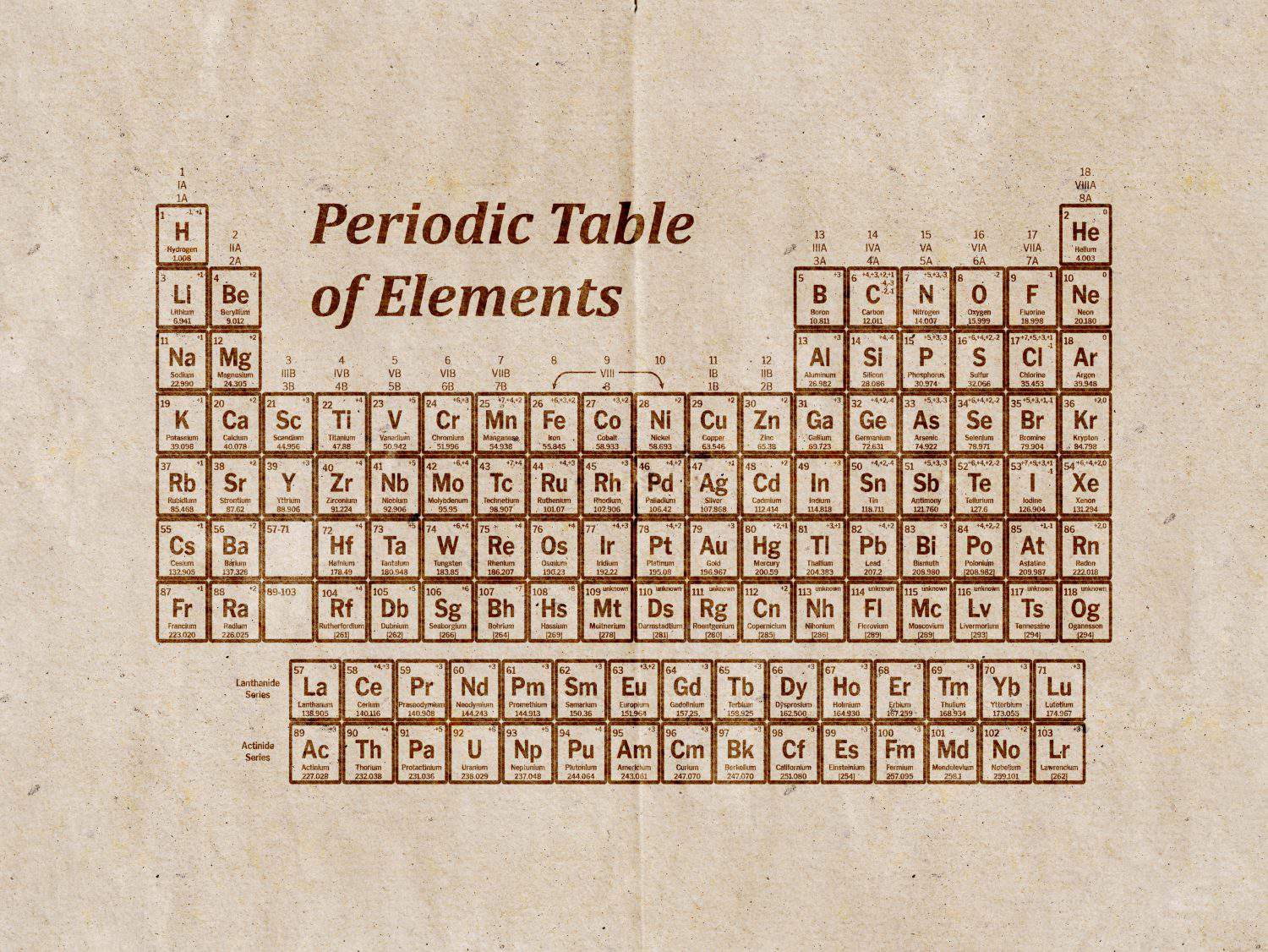
One of the most stunning discoveries from dreams was the Periodic Table. While the years leading up to its discovery had netted some progress, no one had figured out the exact dimensions of the table or a way to account for undiscovered elements. Enter Dmitri Mendeleev, a Russian chemist who wrote “Principles of Chemistry,” the definitive chemistry textbook at the time.
While attempting to classify the elements, Mendeleev formulated a crude arrangement. The full scope of it vexed him, however, until he had a fortuitous dream. As Mendeleev explained it, “I saw in a dream a table where all elements fell into place as required. Awakening, I immediately wrote it down on a piece of paper, only in one place did a correction later seem necessary.”
Dmitri Mendeleev
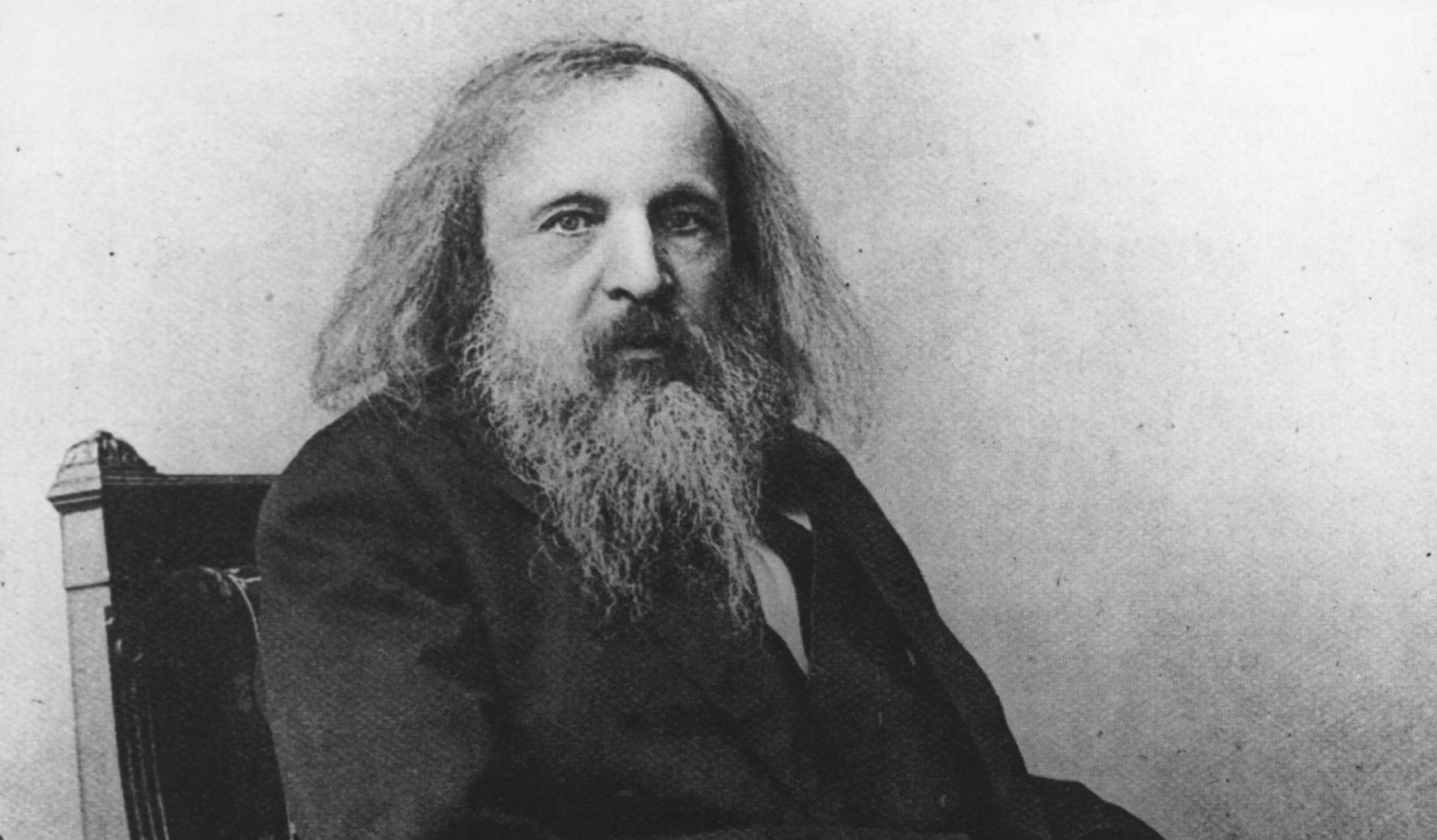
As time went on, the chemist added to the table which he called “the periodic system.” Thanks to that dream, Mendeleev is known as the father of the Periodic Table.
Structure of the atom

Another one of the stunning discoveries from dreams was the structure of the atom. Niels Bohr was already a rising star in the world of physics when he made his unique discovery. Seeking to find a more accurate structure for the atom, Bohr collaborated with physicist Ernest Rutherford to parse out the details.
Niels Bohr
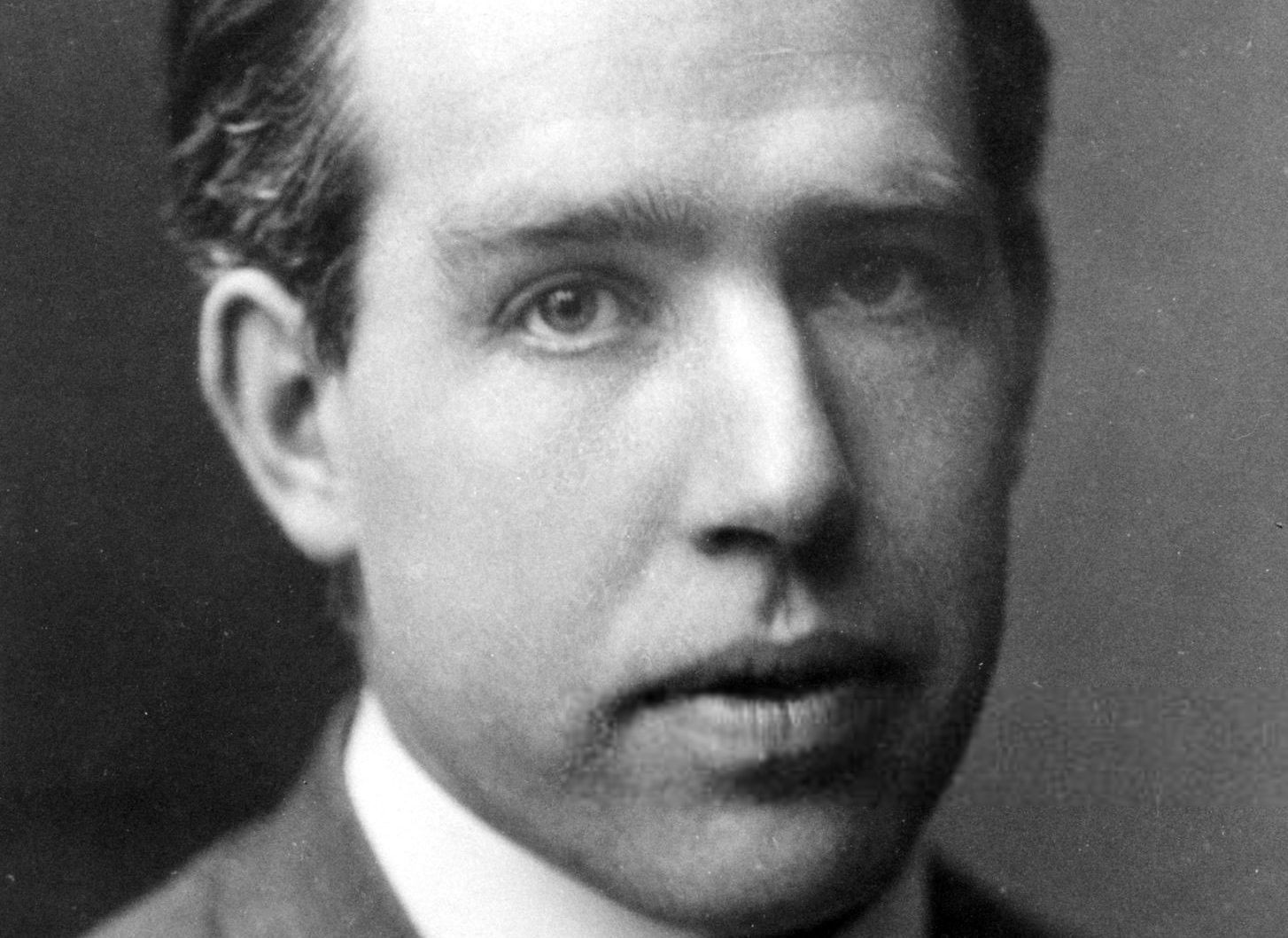
One night, however, Bohr had an interesting dream. In it, he saw the solar system, with the sun surrounded by all the planets. What’s more, they appeared to be attached with little strings. Upon waking, Bohr tested his dream structure and realized it fit with the idea of the atomic structure. For his discovery of the structure of an atom, the physicist won the Nobel Prize in Physics in 1922.
The Sewing Machine

Elias Howe was an American inventor who spent his formative years working in textile factories before apprenticing with a master mechanic. There, he learned how to build complex instruments like the chronometer. Less than a decade later, however, Howe won the patent rights for a sewing machine using a lockstitch design.
While the story may be apocryphal, according to his family, the idea for the lockstitch came to Howe in a dream. As the dream went, Howe was ordered to build a sewing machine for a tyrant king in a strange land. Tasked with creating it in 24 hours, Howe tried and failed repeatedly, so he was ordered for execution. While being taken outside to his death, Howe noticed the guard’s spears had a hollow point near the tip.
Elias Howe

It was a eureka moment, and Howe woke up at 4 a.m., jumped out of bed and ran to his workshop. After a few hours, he had fashioned a crude model of the first lockstitch design. After that, the refinements that created the first lockstitch sewing machine came naturally.
‘The Terminator’

Another one of the stunning discoveries from dreams is the hit movie “The Terminator.” According to director James Cameron, the idea for the iconic character came to him in his sleep. While stationed in Rome to finish the final cut of the movie “Piranha II,” Cameron was sick and broke.
The First Sketch

During a particularly nasty fever, he dreamed of a chrome skeleton creature emerging from a fire. Upon waking, Cameron immediately sketched the ghastly images he had seen. As he put it, “The first sketch I did showed a metal skeleton cut in half at the waist, crawling over a tile floor, using a large kitchen knife to pull itself forward while reaching out with the other hand. In a second drawing, the character is threatening a crawling woman. Minus the kitchen knife, these images became the finale of ‘The Terminator’ almost exactly.”
The Theory of Relativity
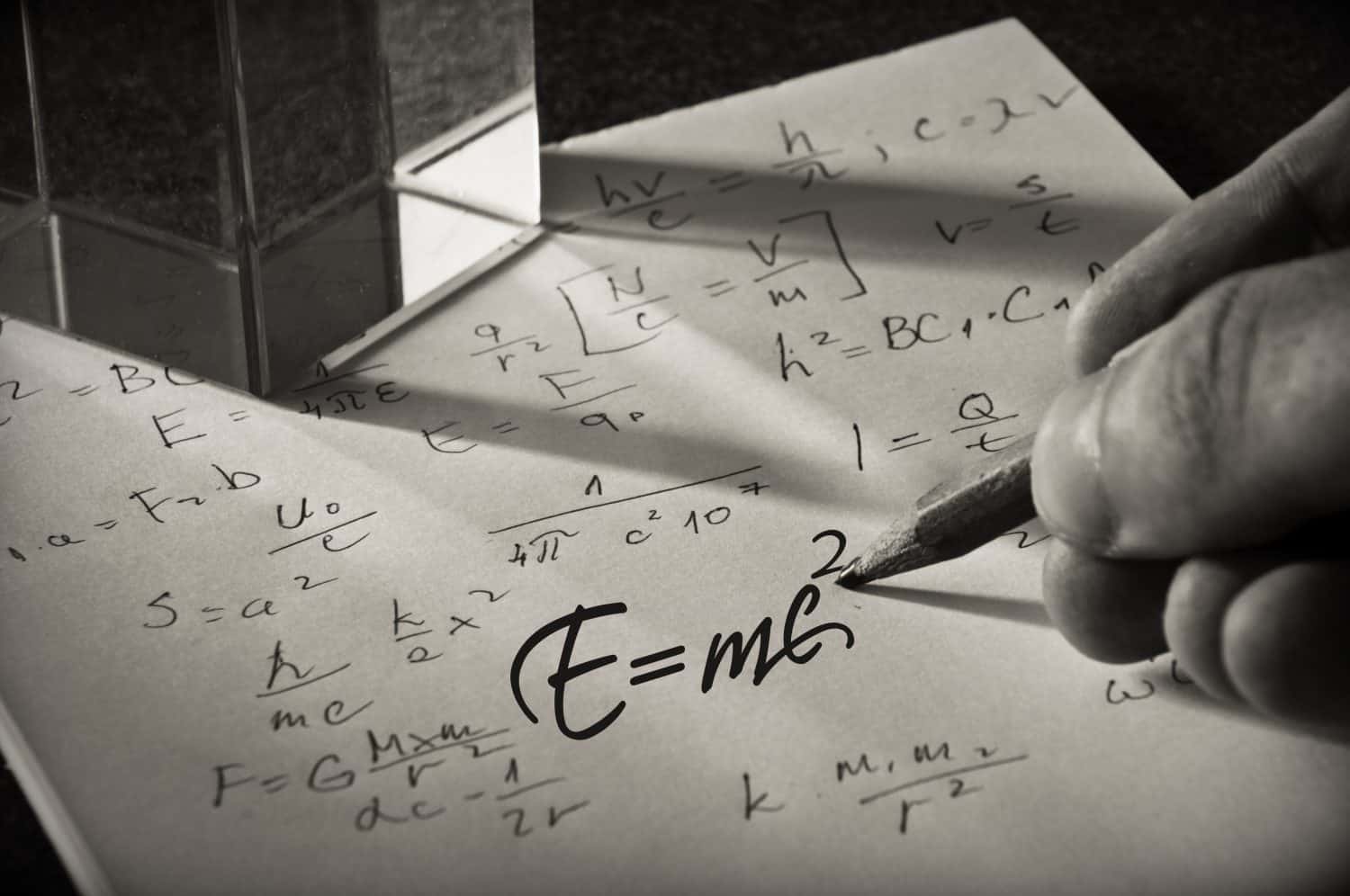
Before Albert Einstein became the most famous scientist on earth, he was another lowly patent clerk seeking to make a big discovery. Though he attempted to formulate a theory of relativity for years, he made little headway—that is, until he had two unique dreams.
In the first dream, Einstein walked through a farm and discovered a group of cows standing next to an electric fence. The cows all jumped at once and were shocked by the electric fence. The farmer on the other side of the fence, however, saw the cows jumping one by one. In the second dream, Einstein imagined himself riding a sled down a hill, increasing with speed until it was as fast as the speed of light. At once, all the colors blurred and the surroundings faded.
Albert Einstein
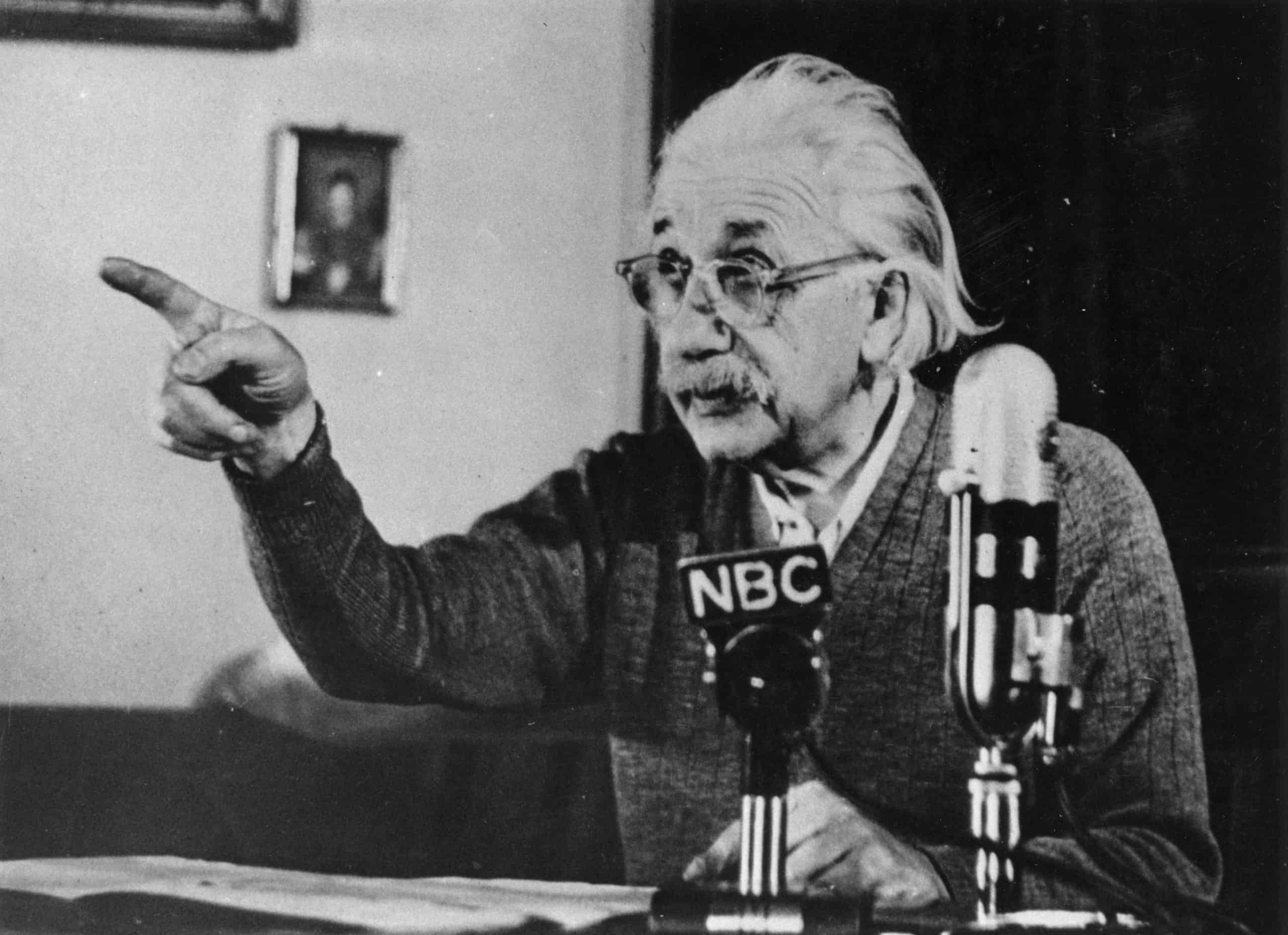
circa 1955: Mathematical physicist Albert Einstein (1879 - 1955) delivers one of his recorded lectures. (Photo by Keystone/Getty Images)
circa 1955: Mathematical physicist Albert Einstein (1879 – 1955) delivers one of his recorded lectures. (Photo by Keystone/Getty Images)
Using the insights from these dreams, Einstein discovered the Theory of Relativity. The first dream helped him understand the difference of perspective, while the second dream gave him insights into the effects of an object traveling at the speed of light.
‘Yesterday’

Another stunning discovery from a dream is the No. 1 hit song “Yesterday” by The Beatles. As the story goes, bassist and vocalist Paul McCartney was staying at his girlfriend’s house in the Marylebone section of London. One night, while dreaming, he composed a full melody in his head. Upon waking, McCartney rushed over to the piano and played it so as not to forget the melody.
At first, however, he was convinced he had subconsciously stolen a melody he had heard somewhere before. As McCartney put it, “For about a month, I went round to people in the music business and asked them whether they had ever heard it before. Eventually, it became like handing something in to the police. I thought if no one claimed it after a few weeks, then I could have it.”
Paul McCartney
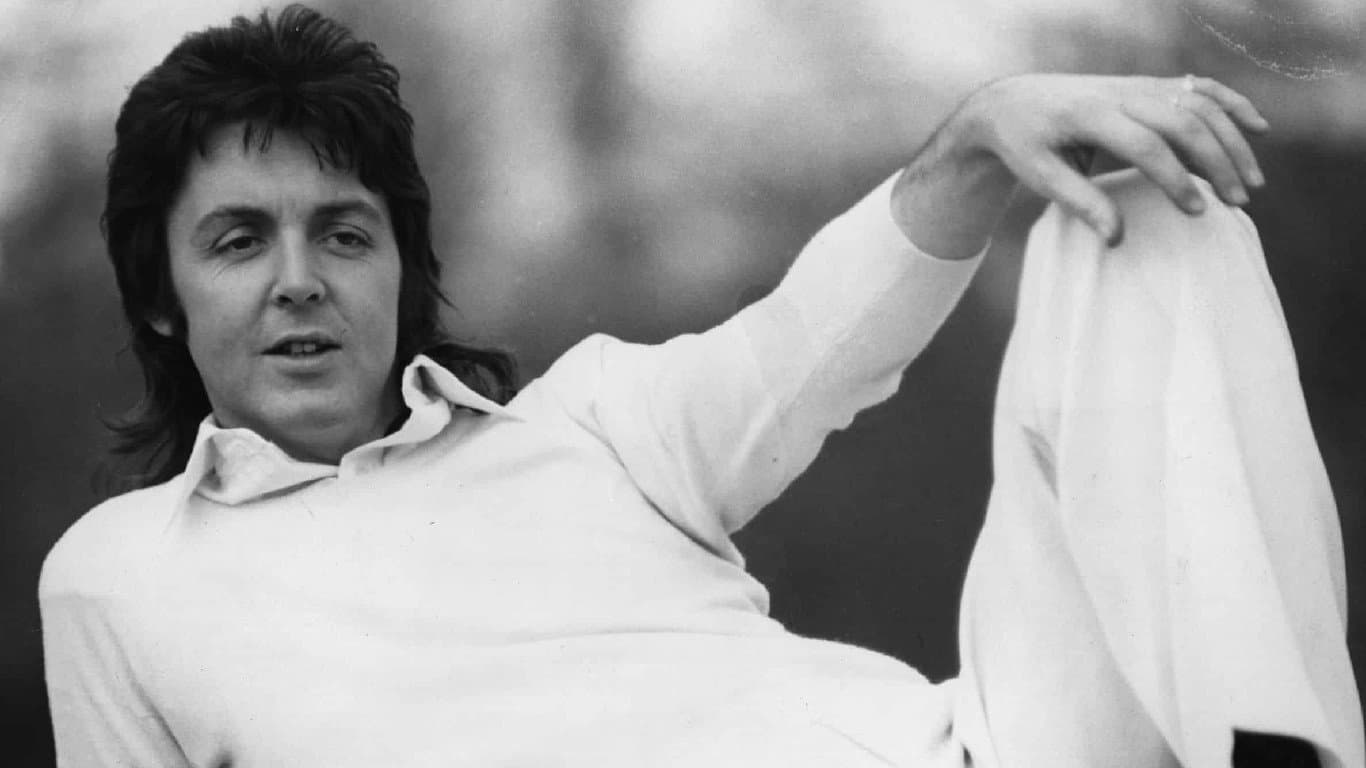
Indeed, no one had heard the melody before. From there, “Yesterday” was given lyrics and became not only a No. 1 hit but the most covered song in the history of popular music.
(For other pieces of music that seemed to arrive fully formed, discover 10 songs written in 10 minutes or less.)
The Structure of Benzene

Another one of the most stunning discoveries from dreams is the structure of the Benzene molecule. In 1856, organic chemist August Kekulé published a paper theorizing the chemical structure of Benzene had a six-ringed shape of carbon atoms with alternating single and double bonds. His idea helped solidify the understanding of not only Benzene but all possible aromatic compounds.
August Kekulé
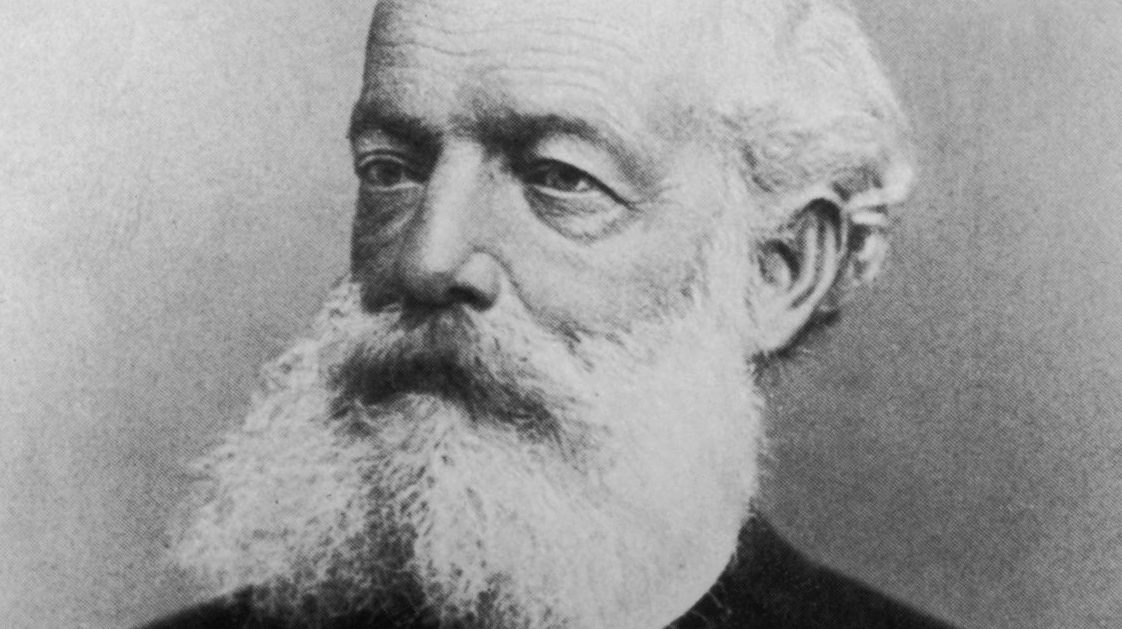
Only years later did the origin of Kekulé’s idea come to light. While speaking to the German Chemical Society on a day honoring his discovery, Kekulé said the structure of Benzene had come to him in a dream. In the dream, he saw an ouroboros, or a snake biting its own tail, which gave him the idea for the unique structure of the molecule.
Mary Shelley’s ‘Frankenstein’
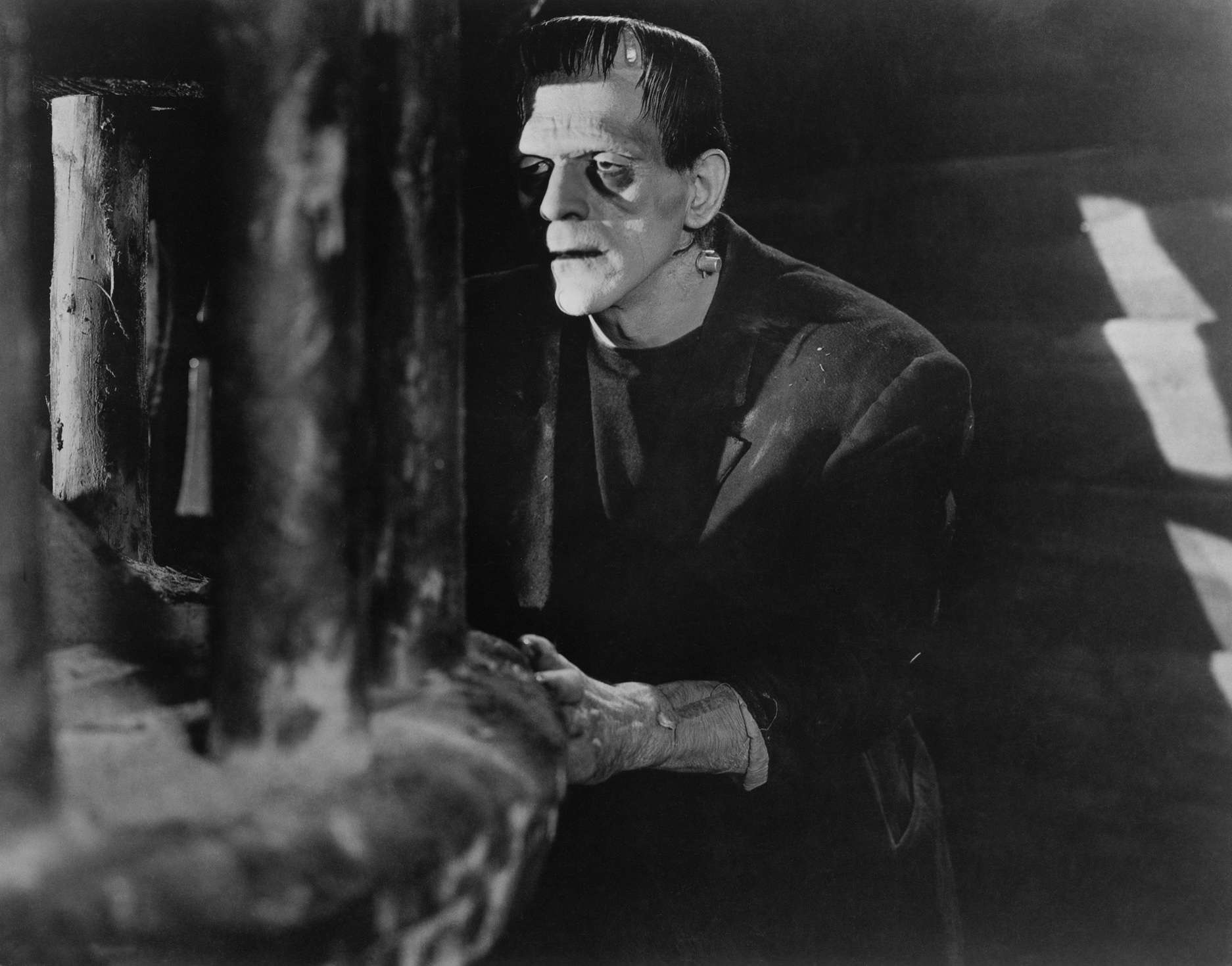
In the summer of 1816, the world experienced a volcanic winter caused by the eruption of Mount Tambora in Indonesia. Seeking refuge, novelist Mary Shelley and her husband, the poet Percy Bysshe Shelley, visited fellow writer Lord Byron at his villa in the Swiss Alps. Stuck inside, the group passed the time by telling ghost stories around the fireplace. When asked to come up with one of her own, Shelley was without ideas night after night.
That is until one night when she had a dream like a waking vision. As Shelly put it, “I saw the pale student of unhallowed arts kneeling beside the thing he had put together. I saw the hideous phantasm of a man stretched out, and then, on the working of some powerful engine, show signs of life, and stir with an uneasy, half-vital motion. Frightful must it be; for supremely frightful would be the effect of any human endeavor to mock the stupendous Creator of the world.”
Mary Shelley
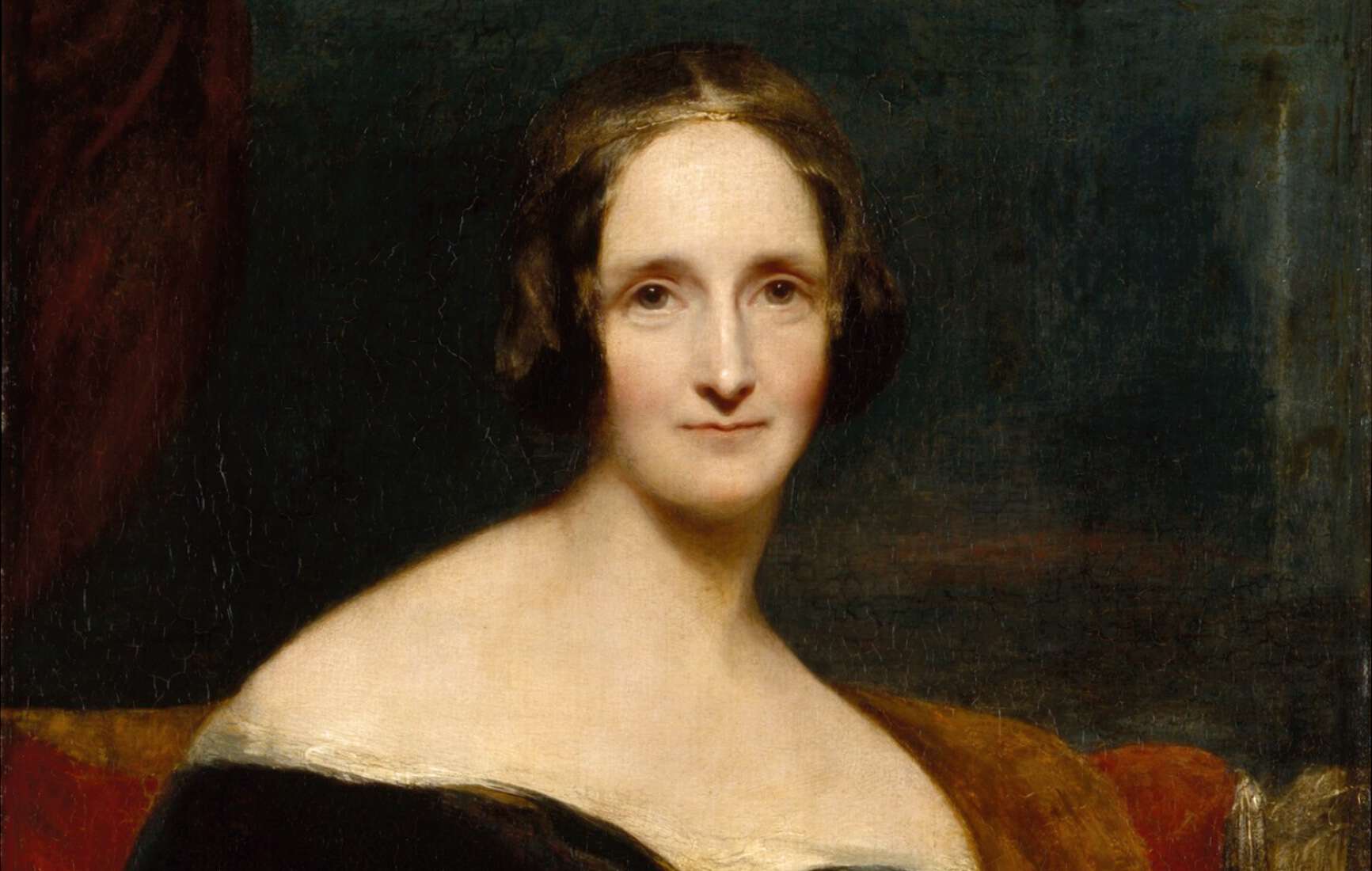
From this horrific imagery, Shelley began writing a short story that later became “Frankenstein.” Now a classic of the horror genre and literature in general, the zombie-like creature all started with a dream.
‘Twilight’

One night, aspiring writer Stephenie Meyer had a vivid dream. As she explained, “It was two people in kind of a little circular meadow with really bright sunlight, and one of them was a beautiful, sparkly boy, and one was just a girl who was human and normal, and they were having this conversation. The boy was a vampire, which is so bizarre that I’d be dreaming about vampires, and he was trying to explain to her how much he cared about her and yet at the same time how much he wanted to kill her.”
Stephenie Meyer
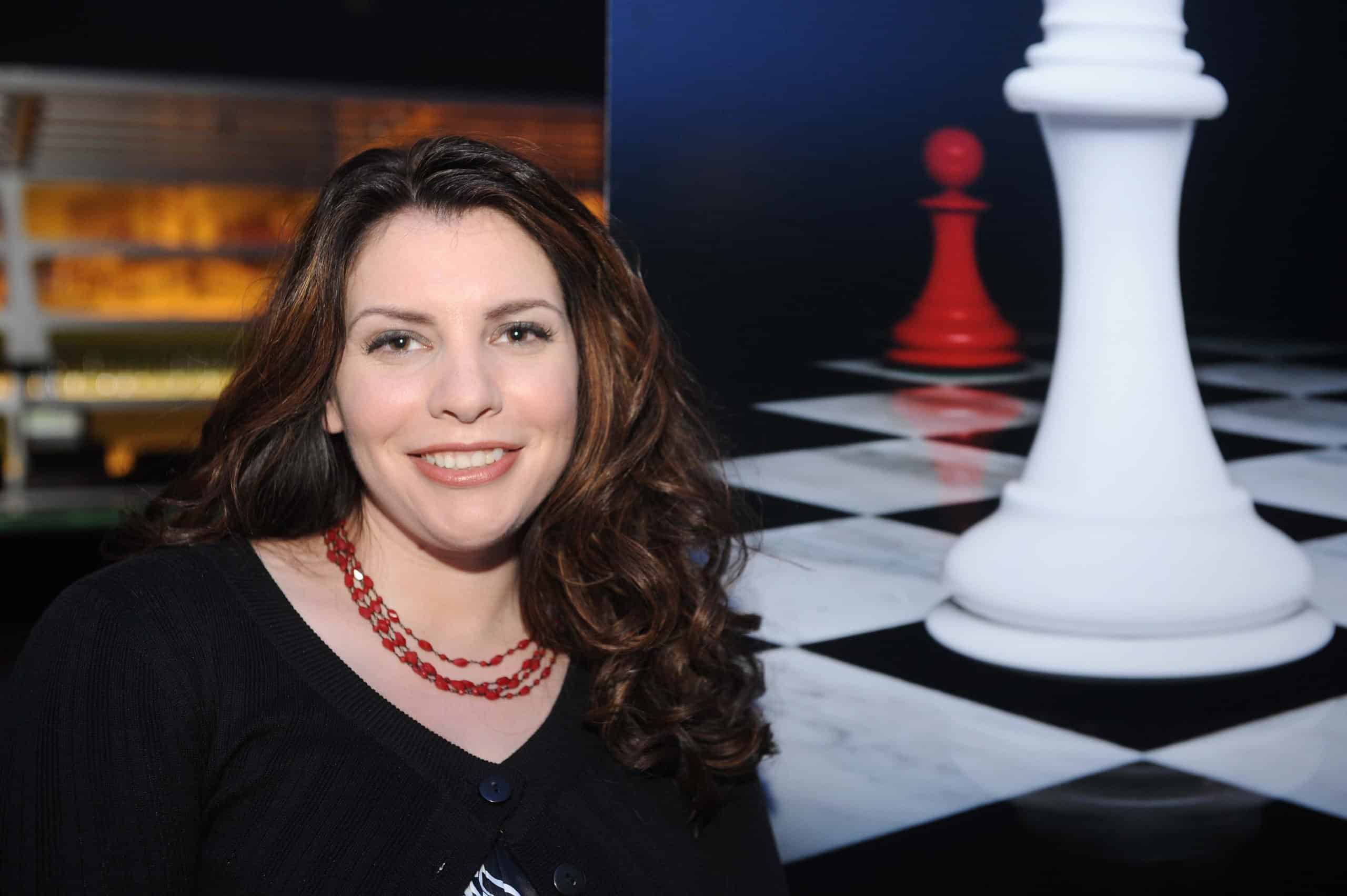
From this, Meyer began drafting what would become chapter 13 of the book “Twilight.” A runaway success, the novel went on to sell millions of copies, reach No. 5 on The New York Times Bestseller List, and eventually be adapted into a series of successful films.
DNA

It was the early 1950s, and scientists James Watson and Francis Crick were in an arms race against Linus Pauling to discover the structure of DNA. Working in tandem at the Cavendish Laboratories in England, Watson and Crick were making little headway on DNA’s structure.
Nobel Prize in Physiology or Medicine
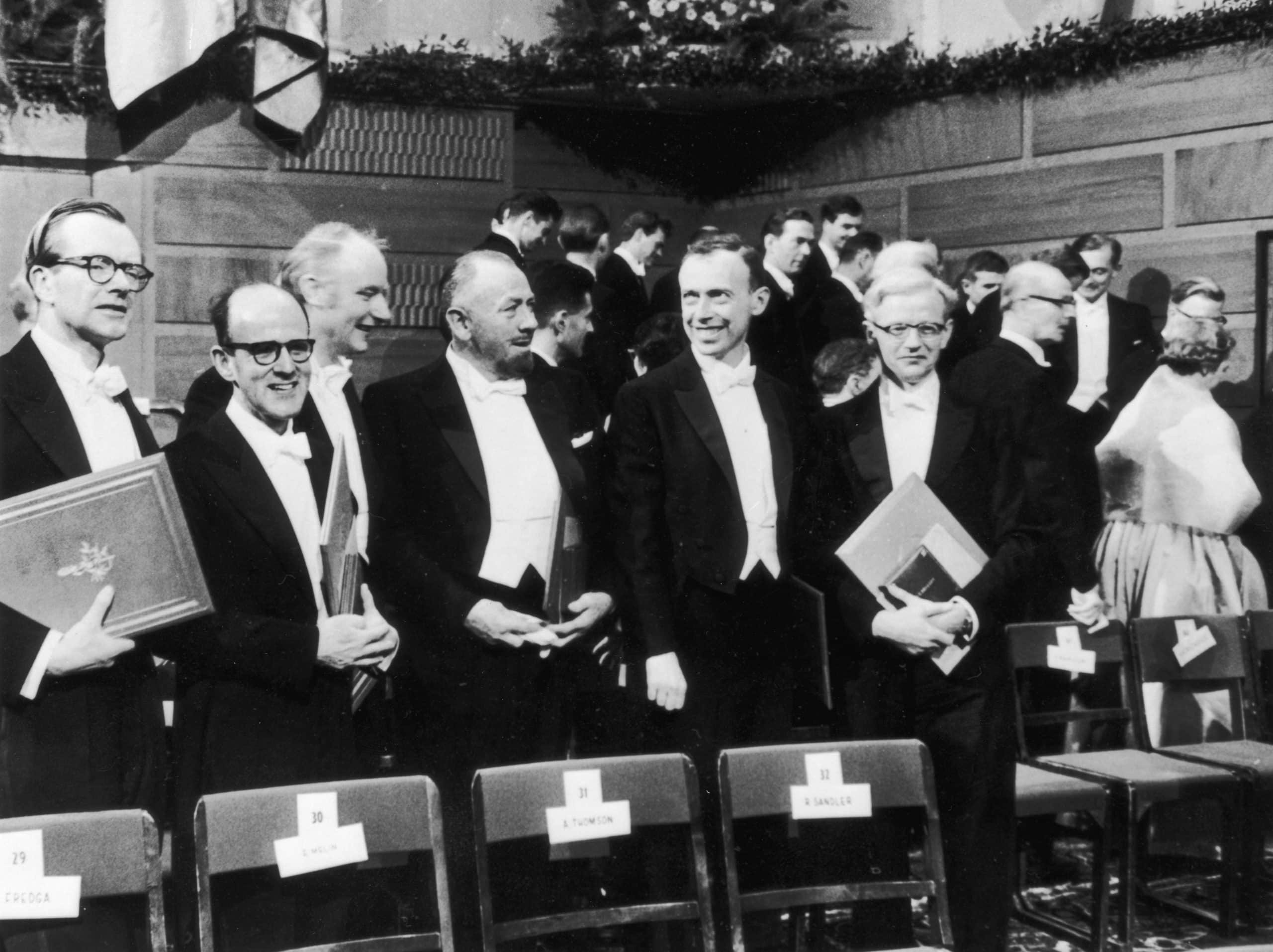
That is, however, until Watson had a particular dream in which he walked up a spiral staircase. Upon waking, he realized that the staircase accurately served as a model for the unique, double-helix structure of DNA. A decade or so later, Watson, Crick, and a few other scientists jointly received the Nobel Prize in Physiology or Medicine for the discovery. (For great discoveries that proved fatal to their creator, explore inventors killed by their own inventions.)